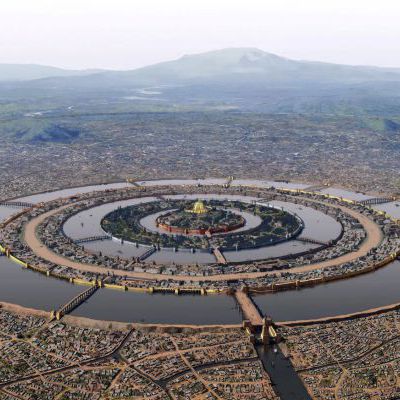The hypothesis of Atlantis in the Pannonian Basin
These attempts are associated with a long retention in what is now the central Danube depression, and therefore is located within the Pannonian Basin, an endoreic region in which a huge lake (lacustrian) area has survived: the Pannonian Sea - says academician Veljko Milkovic.
According to him, this area was clearly separated from the neighboring basins of Central Paratetis about 7 million years ago and lasted until prehistoric times, as the inner part of the sea, which was mostly characterized by the presence of archipelagos in the western part of this area. Only after the formation of the Iron Gate Gorge (Đerdap Gorge), which probably took place during one of the cataclysmic events that shaped the whole of Europe, the image of the old lake changed significantly. In the southeastern part of the Pannonian Basin, the lake has been maintained for a long time. It was fed mainly by 4 main rivers of the middle Danube depression.
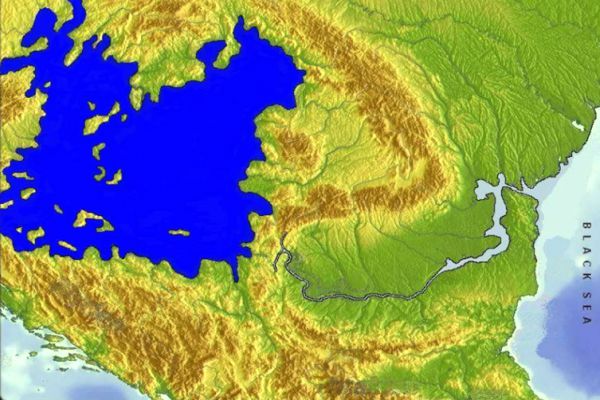
Picture 1. Presumed basin of the Pannonian Sea before the final formation of the gorge of the Iron Gates (Đerdap gorge)
Namely, the last massive cataclysm that struck this paradise area inhabited by humans, about 11,600 years ago, was a consequence of the meteor shower that hit Ter, and this event is described in detail in the biblical text (Apocalypse of John). This event is concentrated above the western part of the Atlantic Ocean, from where huge masses of water rose, which evaporated and began to move east, which caused the Great Flood (or Biblical Flood), which can be better understood only in connection with the palaeography of the Pannonian area.
The same catastrophe led to the last paleogeographic picture of the Pannonian Basin, a remnant of a lake whose shores were maintained for a long time at approximately 100 meters above sea level, and which existed during the early Holocene. Placing Atlantis in the Pannonian region could easily solve the problems related to the location, which has been very difficult so far, and could very easily answer a number of criteria set as references for a realistic search for this fascinating mythical land. Therefore, the western Pannonian archipelago made it possible to find an island that could be connected to the capital of Atlantis.
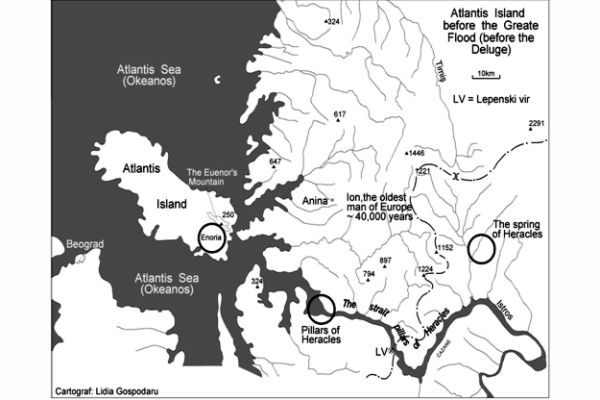
Picture 2 .View of the Pillars of Hercules and the site of Lepenski Vir (LV) in relation to the Pannonian Sea, the Black Sea and the presumed location of the Pannonian Atlantis
The Pannonian Sea would correspond to the navigable Atlantic Sea, which was "behind" the "Pillars of Hercules", which can only refer to the area of the Iron Gate Gorge, such as some ancient authors (eg Pindar) or modern (eg Densusianu), claim with a multitude of myths and toponyms associated with the mythical hero Hercules.
The disappearance of the Pannonian Sea
The sudden disappearance of the Pannonian Sea may explain the appearance of a certain fine, unbound sediment (mud), which for some time isolated the isolated islands of the Pannonian Sea. The moment when Atlantis "sank" may coincide with a meteor shower dating to around 9,541 BC (a date much closer to that mentioned by Plato).
The civilization of Atlantis (which in addition to the archipelago included the shores of the Pannonian Sea, so the total area is almost equal to that stated by Plato) developed in a mild climate, which was influenced by the position of Atlantis associated with huge masses of water and the presence of certain essential hydrothermal resources, known today within the Pannonian Basin (today you can find the largest thermal lake in the world - Lake Héviz, and about 1500 thermal springs.
Civilization was based on the presence of important natural resources (forests, salt, gold, silver, copper, etc.) that are still known in the Carpathians, which border the Pannonian Basin to the north and east.
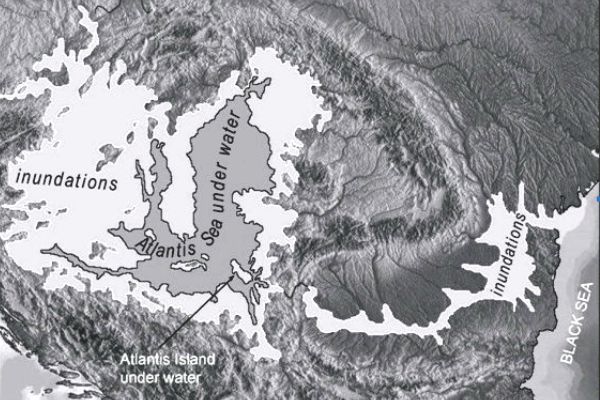
Picture 3. Hypothetical representation of the Atlantis island in the Pannonian Sea
This view could effectively solve not only the problem of locating Atlantis, but also the connection with the real geographical areas of certain mythical palaeographic data for which no viable solution has been found so far, which include Lakes Thot and Ha (Egyptian myths) Ginnunga Gap, Audhumbla, Yggdrasil ( Igdrasil) and Asgard (Scandinavian myths), the Sea of Cronus (which became the "Dead Sea") and Oceanos (Greek myth), the Land of Life and the Water of Death (Sumerian myths), the Land of Havilah, the Land of Kusa and Assyria (mentioned in the Bible) , The lands of Aliba (Homer) and Siriat (Egyptians). The mythical land of Vannenheim (Land of Van), whose name is preserved in the original name "Panonia" can be distinguished from all the above. This point of view has been supported by our group since 1991 - Ţicleanu et al., XIIth International Congress of the Prehistoric and Protohistoric Sciences, Bratislava (Ticleanu et al., 12th International Congress of Prehistoric and Protohistoric Sciences, Bratislava)].
The disappearance of the Pannonian Sea ("Atlantis Sea") and the Isle of Atlantis that followed several successive catastrophes: floods, earthquakes, tsunamis, could lead us to the main material remnants of the civilization of Atlantis described by Plato and considered by many who consider themselves Atlantologists to be very important criteria when it comes to the search for Atlantis.

Picture 4. Hypothetical representation of the Atlantic island in the Pannonian Sea
The population remaining after such events has preserved in memory these events through the myths of the biblical Flood and in those of the disappearance of Atlantis. Later, these myths spread through the rest of the population that migrated to these areas. In addition, the ancient inhabitants of the Pannonian area "exported" their own toponyms of this ancient area to numerous regions that they inhabited after the migration that followed the disasters. The relations between the Atlanteans and the Ancient Greeks can be easily explained through the connection with the Pannonian area through the current toponyms that have a Greek mythical overtone in the area located northwest of the Apusheni (Western) Mountains.
It is necessary to mention the "trend" to find a solution to the problem of Atlantis in accordance with the information, which was unjustly considered obsolete, and offered to us by Plato's writings, in terms of extremely valuable data that were included in the works of other ancient authors, including Diodorus Siculus and his "Biblioteca Historica" ("Historical Library"), in which he mostly dealt with the Amazonian tradition.
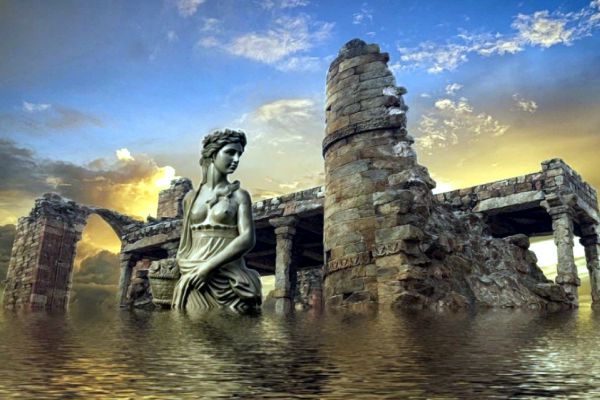
Picture 4. An artistic depiction of the flood of Atlantis
We should not ignore the fact that there were some world-renowned priorities near this area: "Mesolithic Paradise" (Lepenski Vir - 9,000 years BC), the oldest known world writing (Vinca, Tartary - around 7,500 BC), the oldest ceramic pipeline for drinking water (within the area of the old capital of Dacia from Sarmizegetus Regia, in the Southern Carpathian mountains - around 7,000 BC). In addition, we must mention the Dacian sanctuary present from Sarmizegetus, a proof of a very developed civilization, located within the central area already known as "Old Europe".
For more information on the history of assumptions about where Atlantis is located, read
The story of
Atlantis
